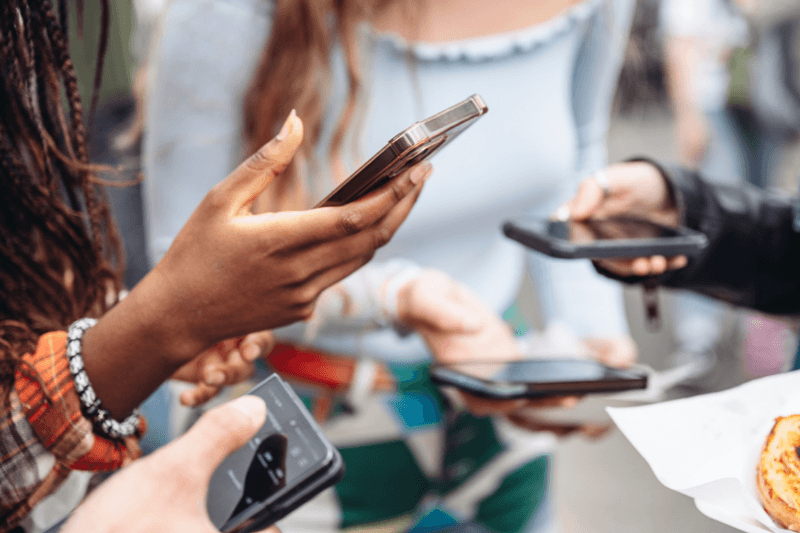
This post was originally featured by Gather Voices.
Creating a lasting community that extends beyond in-person events is a challenge many organizations face. Experts from various industries share their insights on leveraging social media, digital spaces, and regional meetups to keep engagement alive throughout the year.
Emphasizing Private Membership Communities
Kimberly Hardcastle, President of mdg, says, "Research the rising popularity of private membership communities like Chief or Women Executives. How can you capitalize on the sense of belonging these networks provide? How can you foster smaller group connections and humanize and personalize your event brand to foster more organic networking, not just at your event, but all through the year?" She emphasizes the importance of private membership communities.
By understanding these trends, organizations can create smaller, more intimate connections and humanize their event brand, leading to meaningful engagement and diversified revenue streams.
Nurturing a Digital Community
Shannon Rosic, Director of Content Solutions at Informa Connect, advises, "Create and distribute content that extends the event's themes and discussions. This could include videos, blog posts, articles, white papers, and podcasts that delve deeper into the topics covered. Actively engage with attendees on social media by sharing event-related posts, asking for feedback, and encouraging user-generated content." Shannon highlights the need to nurture a digital community post-event.
Consistently sharing relevant content and engaging attendees on social media helps maintain the momentum and fosters a sense of loyalty.
Building Genuine Connections
Celeste Kathleen, Director of Event Marketing at LaunchBoom, explains, "At in-person events, make time to talk about things other than work and connect with people on a mutual interest or something going on in their lives. When you know people on a genuine level, it makes it easier to stay in touch after the event. Follow up on personal milestones or shared hobbies. This approach helps keep the momentum and collaboration going naturally." Celeste emphasizes the importance of building genuine connections at events.
By connecting on a personal level, organizations can create more natural and lasting relationships.
Practical Steps for Social Media Engagement
Colleen Brozowski, Regional Director at Hard Rock International, suggests, "Utilize social media to encourage attendee interaction. Provide FAQs or even an education session about how they can engage and interact on social media—how to use hashtags, how to use video, what kind of questions and things to interact with. Also, get your board to engage and interact back with the people attending the meeting." Colleen outlines practical steps for keeping attendees engaged.
By actively using social media and providing clear guidance on its use, organizations can create ongoing interaction and engagement.
Combining In-Person and Digital Strategies
Megan Martin, Director of Events and Partnerships at Session Board, recommends, "Host smaller meetups in geographic regions to give attendees an opportunity to engage with folks in their own neighborhoods. Provide a digital space for people to connect, but remember they need to be prompted and engaged to keep going into that community. Most humans, once they come home from an event, go back into their normal habits." Megan advocates for combining in-person and digital strategies.
Smaller regional meetups and consistent prompts for digital engagement ensure that attendees remain connected and active in the community.
Integrating Event Technology with Business Objectives
Mary Kluck, Practice Lead at Cvent, shares, "In this new era of event channel digitization, the ability to revalue beyond the event dates themselves and foster a stronger notion of community with the customer base is available year-round. The convergence of things like content, customer engagement, and data now require more intense scrutiny of the technologies you use to support them. Leading M&E teams reassess the functional alignment of their groups and identify gaps in skills to ensure the success of their event programs."
Mary highlights the importance of integrating event technology with broader business objectives to sustain engagement and community throughout the year.
By implementing these strategies, organizations can foster a vibrant, year-round community that enhances engagement and strengthens connections beyond the event itself. To hear the full answers from the experts we featured, access the full gallery here.


